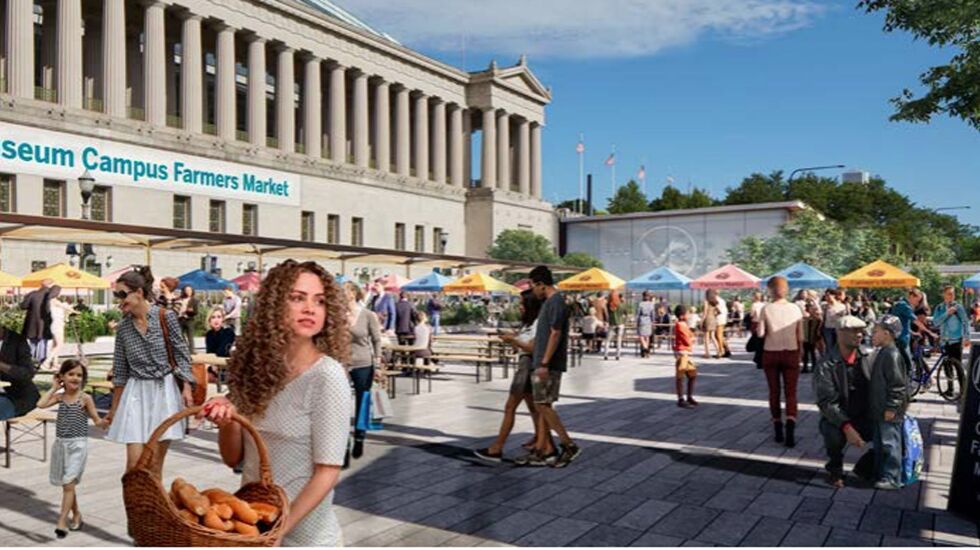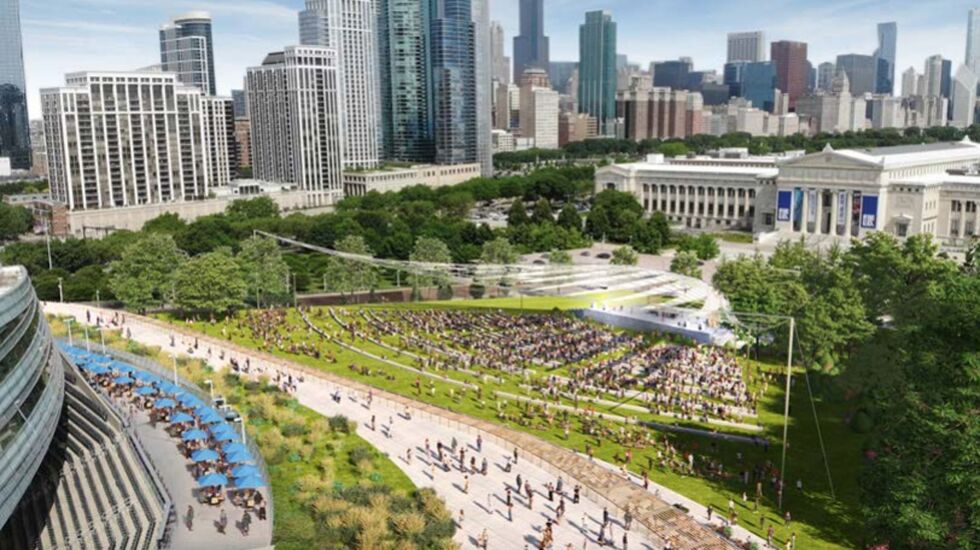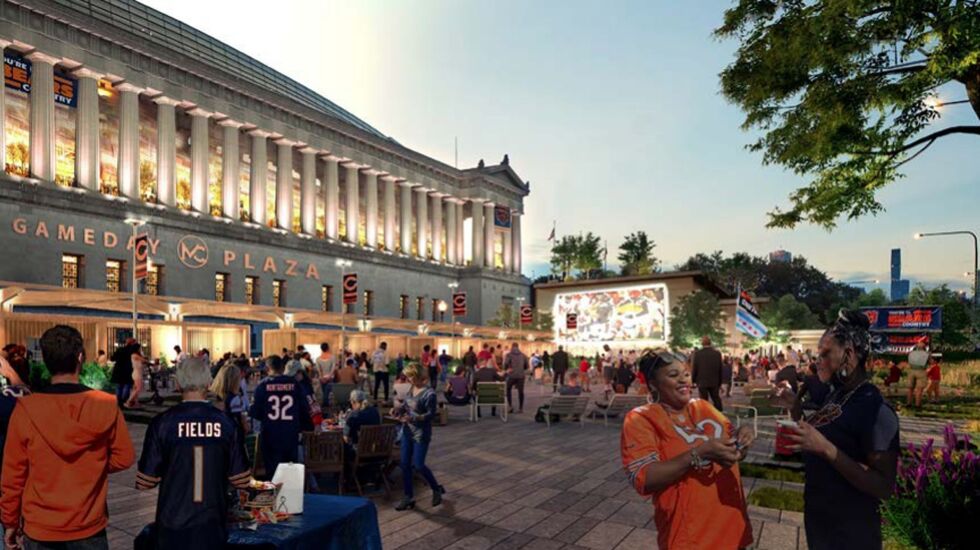
Putting a dome over Soldier Field, expanding the NFL’s lowest seating capacity, installing synthetic turf and selling naming rights will not keep the Bears in Chicago because it’s “trying to put lipstick on a pig,” a sports marketing expert said Thursday.
“Even if they achieved everything that’s been listed and they paid for it all with public funds, it wouldn’t even be close to sufficient for a future long-term home for the Bears,” said Chicagoan Marc Ganis, who has advised numerous NFL teams on stadium financing.
“I give them credit for trying to put lipstick on a pig. But putting a roof on it, adding a few more restaurants [seats and suites] doesn’t change what the building is: a small, difficult-to-get-to, publicly-owned and operated stadium that is not even close to being sufficient to host an NFL team in the third-largest market in the country for decades to come in a modern-day NFL that requires a large physical stadium with many areas to be programmed and team facilities.”
One day after claiming she hadn’t seen the report, Mayor Lori Lightfoot released the 50-page document, which outlines a host of ways to “re-imagine” the 57-acre Museum Campus and Soldier Field and recommends ways to maximize their year-round benefits with or without the Bears.
The Soldier Field recommendations include adding seats, suites, restaurants, and sports betting, widening concourses, installing synthetic turf and resurrecting the oft-considered possibility a dome.
That’s an architecturally difficult and enormously expensive feat that would “almost certainly not be offset by additional revenue opportunities” — even if a dome helps lure a Super Bowl, Wrestlemania or the NCAA’s Final Four, the report states.

One of the more controversial recommendations is to sell stadium naming rights in a way that “respects Soldier Field’s legacy as a war memorial by keeping Soldier in the name of the facility,” the report states.
Ganis advised Chicago to start planning for life after the Bears move to Arlington Heights, where the team has signed an agreement to purchase the 326-acre site of the now-shuttered Arlington International Racecourse for $197.2 million.
He reiterated his longstanding argument that NFL economics have changed dramatically in the two decades since Chicago made what then was the easiest option politically — renovating Soldier Field, a project that cost $660 million and won’t be paid off until 2032.
“It’s a bad economic model. It’s a bad landlord-tenant model. It’s an insufficient physical model,” Ganis said of Soldier Field.
“The one plan that might have created some interest is a new stadium somewhere in Chicago with a meaningful amount of public sector participation and the Bears having a significant amount of control over the building. But, obviously that wasn’t in this group’s mandate or it’s not something that is feasible to even discuss in Chicago these days.”

After the release of the report, the Bears issued a statement:
“The only potential project the Chicago Bears are exploring for a new stadium development is Arlington Park. As part of our mutual agreement with the seller of that property, we are not pursuing alternative stadium deals or sites, including renovations to Soldier Field, while we are under contract.”
The team has told the city “we intend to honor our contractual commitments as we continue our due diligence and predevelopment activities on the Arlington Heights property,” the statement continued.
Although the spotlight will shine most brightly on Soldier Field, the report also recommends “adaptive re-use” of both McCormick Place Lakeside Center and of the terminal building on Northerly Island, site of Meigs Field before then Mayor Richard M. Daley sent in bulldozers to carve giant X’s into the airport’s only runway.

Noting that Lakeside Center is the least-used building in the convention center complex and needs hundreds of millions in repairs, the report recommends using it for “different types of sporting events, recreational activities and film production.”
Other ideas include building a pedestrian bridge to Northerly Island over Burnham Harbor and restoring the island to protect it from “additional erosion damage.” To do that, the report mentions the “barrier reefs” once suggested by renowned Chicago architect Jeanne Gang. That would “result in a man-made lagoon with the potential for snorkeling, calm water for boating and deep water swimming,” the report states.
Still more costly ideas includes “grade separation of the northbound lanes of Lake Shore Drive with an underpass at McFetridge Drive and creating a “south lakefront busway” by enhancing the existing and under-used McCormick Place busway.







